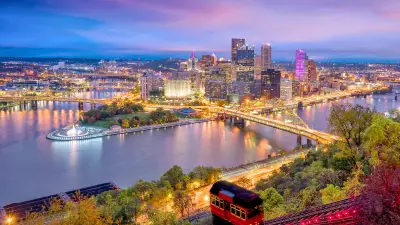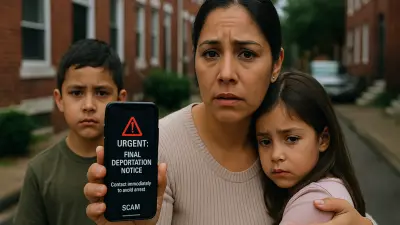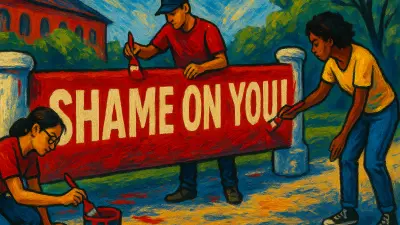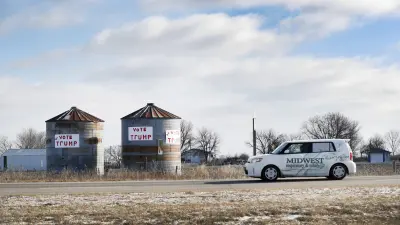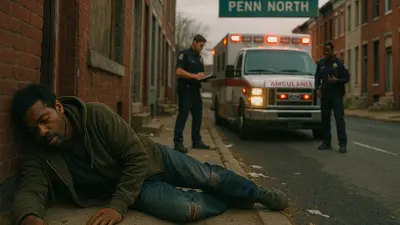Pittsburgh’s public sphere has no shortage of great, idealistic, ambitious goals for a new, 21st century, now post-pandemic Pittsburgh: equity, inclusion, wealth, happiness, opportunity, effective governance, a clean environment, a sustainable resource base, health and education for all.

Almost no effort goes into how we’re going to get from here to there, or anywhere else.
Instead, commentators and politicians point to Pittsburgh’s grand and glorious history of invention and resilience, as if Pittsburgh has its own pair of urban ruby slippers. But Pittsburgh can’t look to its inventory of historic resources, click its heels, and be transported to the place of its dreams. Resource reliance and heel-clicking have got us not to the edge of greatness, but to the edge of the region’s present precipice.
Precipice? Picture Pittsburgh today as perched delicately at the edge of an economic catastrophe that we hope will never arrive. Disaster is far from certain. But what looks like recovery and success could be more difficult to achieve than we hope.
Behind the “everything is awesome!” celebration of Pittsburgh’s contemporary “eds-and-meds-and-tech” renewal lies a fragile equilibrium: a services-dominated Downtown-driven economy ripe for undoing by de-urbanization; an economic growth model powered by an at-risk flow of highly-trained immigrant talent; a demographic of racial haves and have-nots that will take heroic efforts to undo, because it is largely a product of the invention-and-resilience industrial culture that many want to build on today.
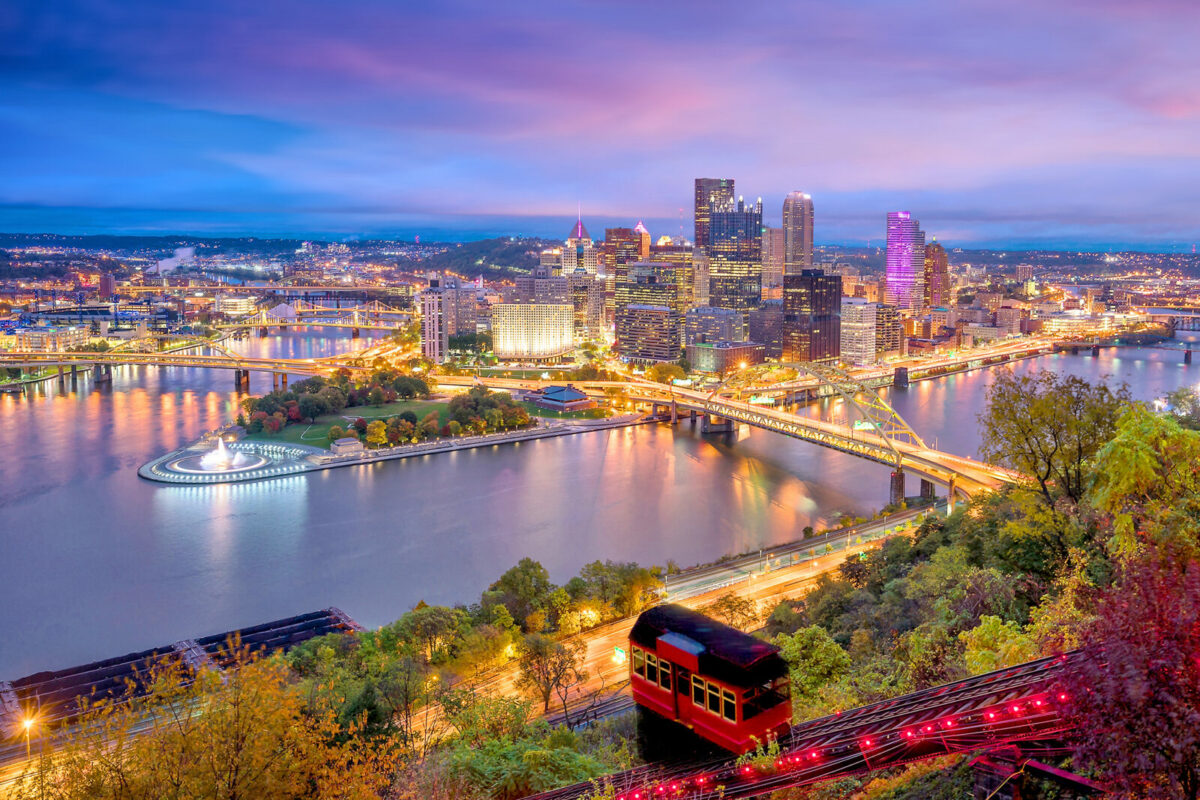
I emphasize: Politically, economically, culturally, Pittsburgh is fragile. Securities lawyers have a mantra that applies here: Past success is no guarantee of future results. Whatever the future holds, Pittsburgh can’t build it simply by relying on mythologies of past achievements.
We need to expand and change our assumptions, our focus, and our intentions. The Internet pioneer Lee Felsenstein coined a phrase long ago that helps: If you want to change the rules, change the tools.
Some of those tools have to do with public policy: infrastructure, education, health, and transit; land use; tax; labor and employment; and policing and public services come to mind quickly. I begin with a critical tool: our minds.
Cities are imaginary places. They may struggle on the ground, but they thrive in our dreams. The great Pittsburgh poet Jack Gilbert wrote that “only Pittsburgh is more than Pittsburgh,” and he meant that “Pittsburgh,” or rather Pittsburghs – the actual neighborhoods that make up the city; the townships and counties that make up the region – is bigger and broader and fuller in the minds of Pittsburghers than it is on the ground, in the real spaces that define it.
Imaginary Pittsburghs are products of memory, experience, ambition, and emotion, much of those also personal, idiosyncratic, and conflicted. Pittsburghers are often righteous and proud of the Pittsburgh of the mind and the heart, yet simultaneously a bit unsure of the Pittsburgh of their eyes, and ears, and hands. Pittsburgh’s inventiveness and resilience have taken Pittsburgh only so far. If we’re so inventive and resilient, why isn’t Pittsburgh already a wealthier, happier, more secure, more equitable place?
In a publication about “post-industrial” America, that beginning may seem odd. Why the focus on this mythos of Pittsburgh? On things that are slippery and ill-defined, rather than stories of human experience? Or conversations about jobs, or health, or other immediate concerns?
I start there because imaginary cities are key tools, in the form of maps. Sometimes those maps are merely unproblematic historical relics, guides to exploring the past. But they are often maps to the future, too. The Pittsburghs that live in our collective and personal imaginations sometimes stand in for the Pittsburgh – singular – that we believe actually exists, and the Pittsburgh that we want to maintain or bring about. Looking to the future, are they reliable, useful maps? Or are they maps of myth?
How do we identify and define these imaginary Pittsburghs? How is it, precisely, that our imaginary Pittsburghs matter, right now and looking ahead? Those are broad questions, with no easy or fixed answers.
“Industrial” Pittsburgh is one imaginary Pittsburgh. It was real enough, of course. For more than 100 years, it was fair for many people to conclude that Pittsburgh was simply and only “industrial,” and that this imaginary Pittsburgh and the Pittsburgh of real experience matched each other pretty well. Fair, because the narrative was persuasive in the ways that great narratives are: it was robust and inspiring. Pittsburgh iron and Pittsburgh steel literally stretched from one side of the U.S. to the other, and to the sky, and beyond. Pittsburghers justly took pride in that. Pittsburgh’s industrial identity and reality meant that Pittsburgh was an emblem — perhaps the signature emblem — of 20th century America.
“Post” of course means that’s no longer true. There is no “post” industrial without “industrial,” and “industrial” is increasingly a concept – a memory, and an identity – rather that an economic sector, a jobs driver, or a framework for public policy. “Industrial” is no longer Pittsburgh’s real experience, even if it remains an important imaginary Pittsburgh.

